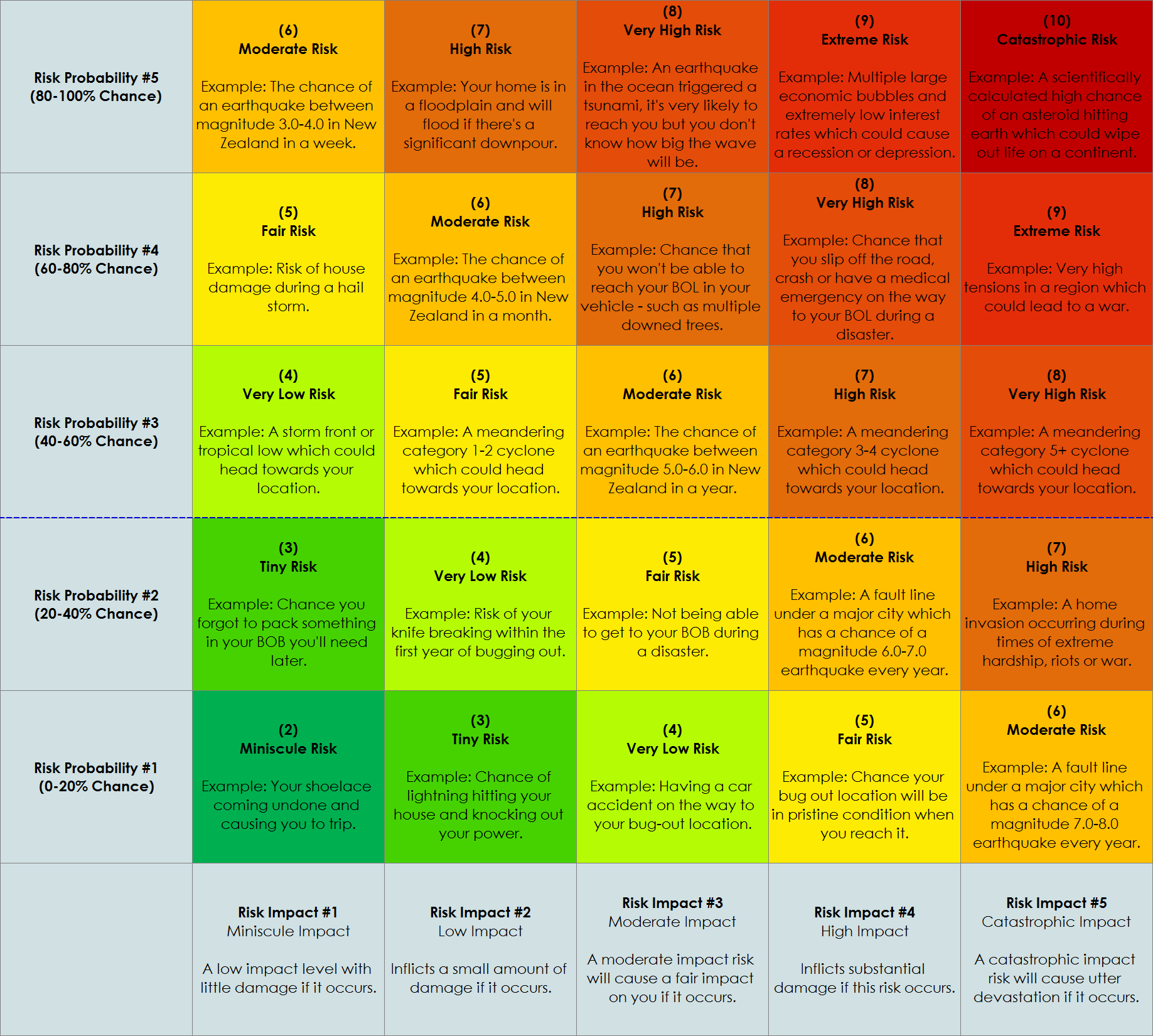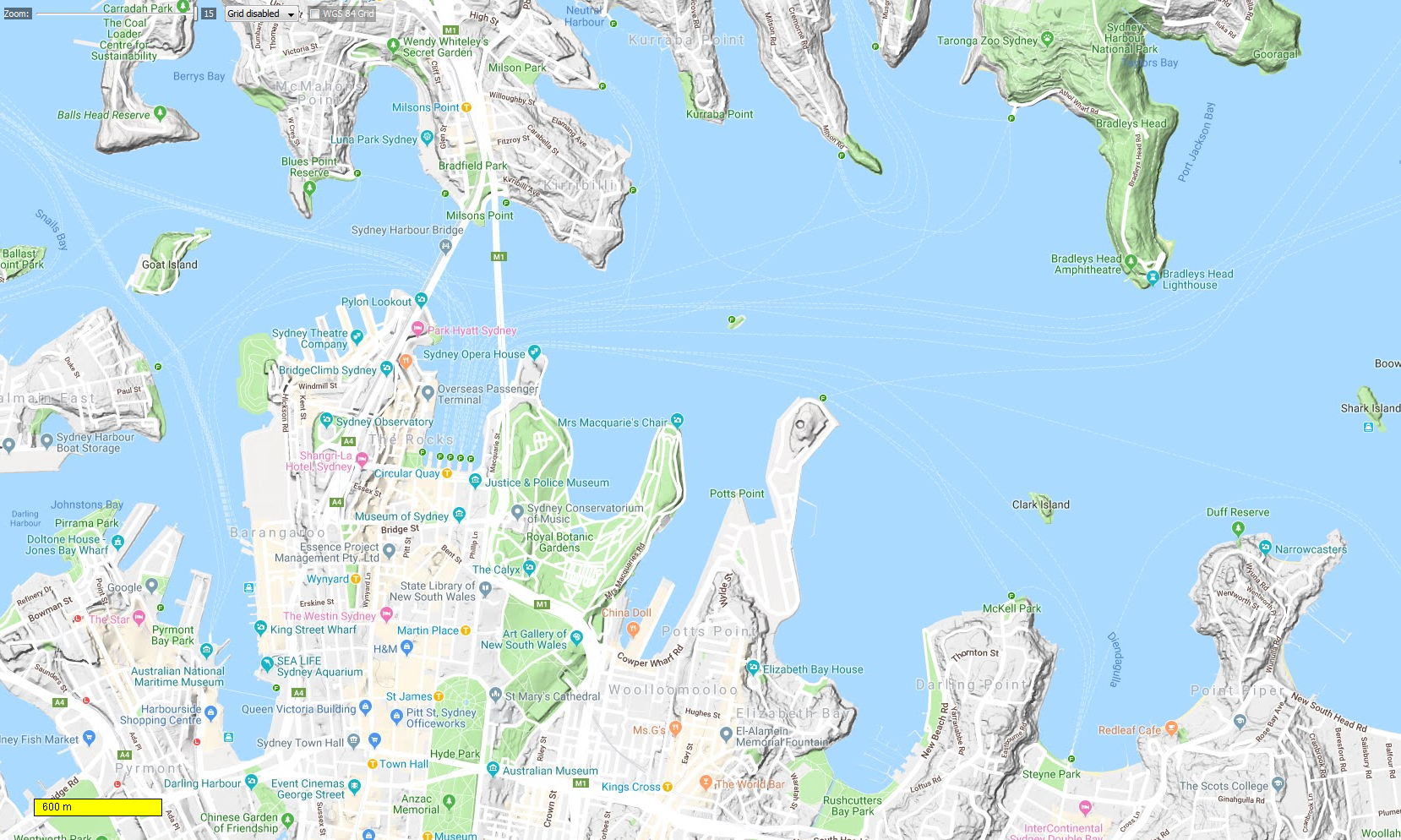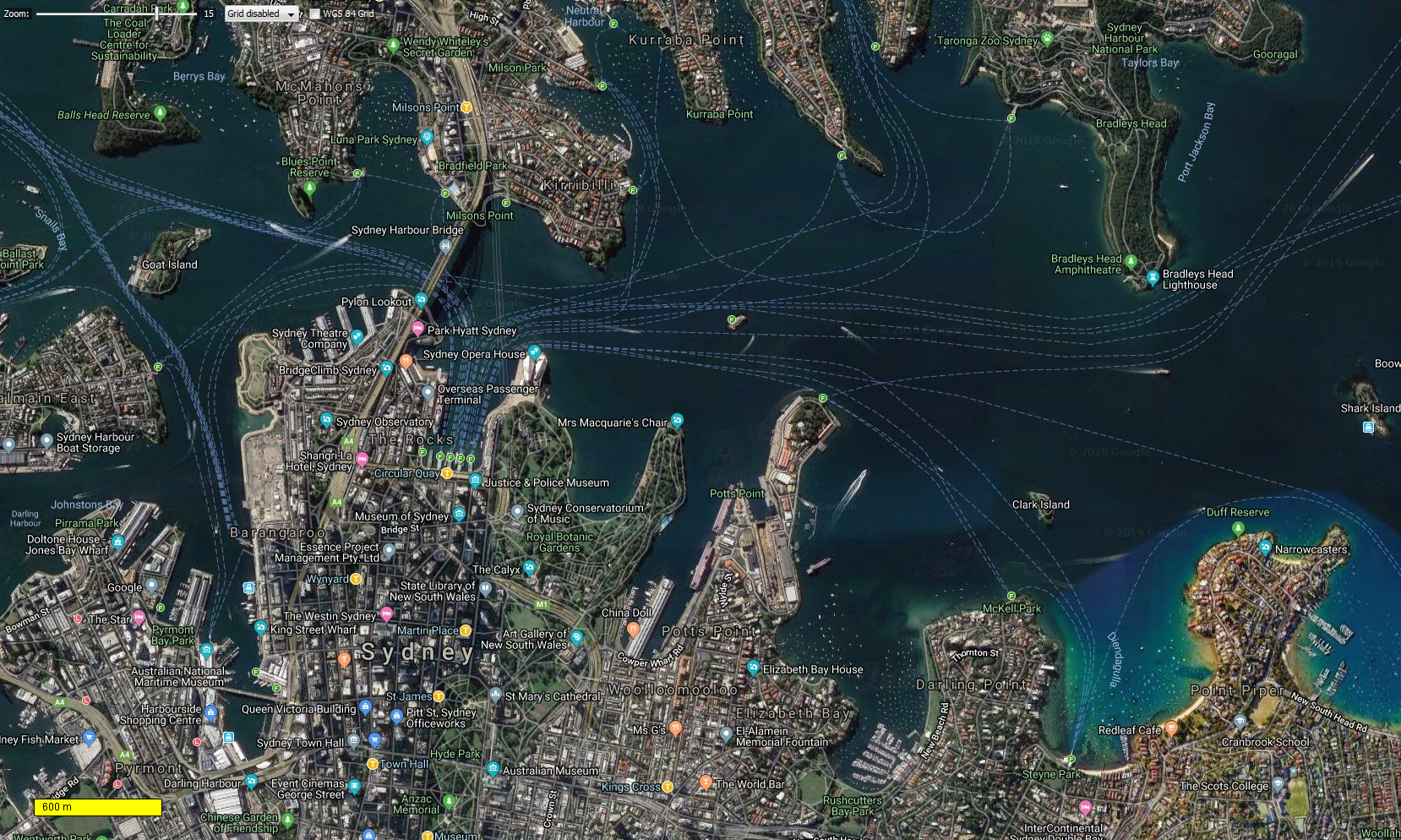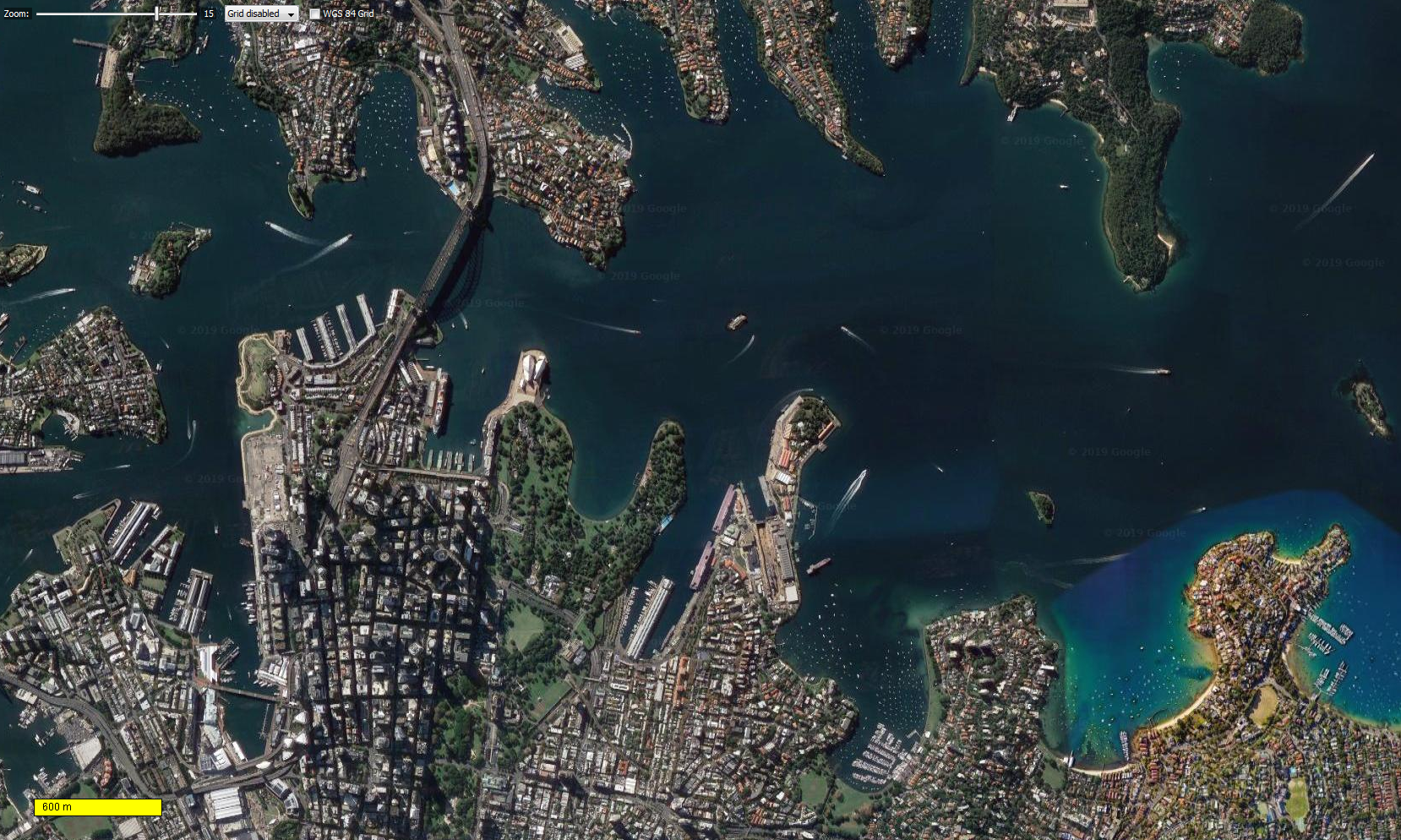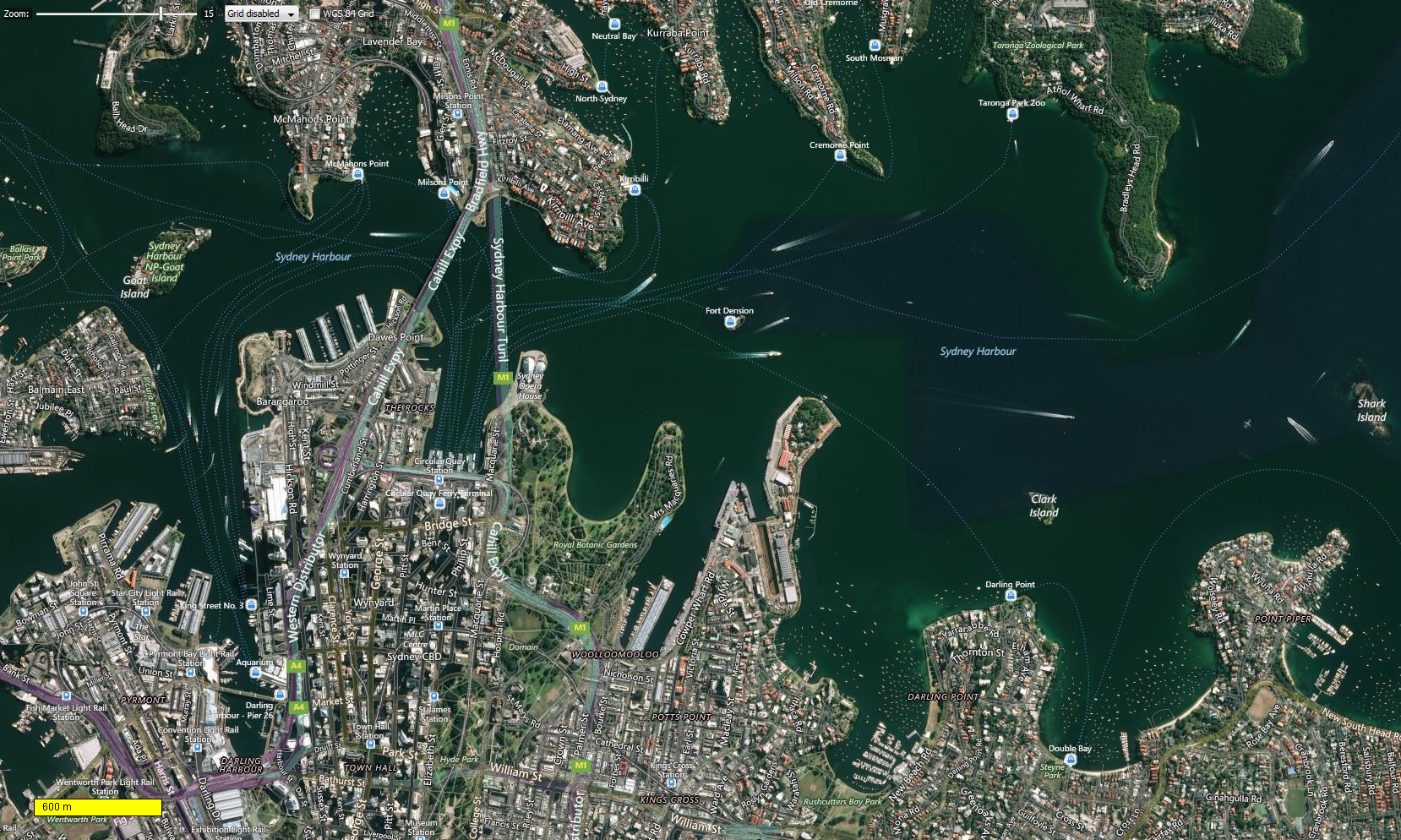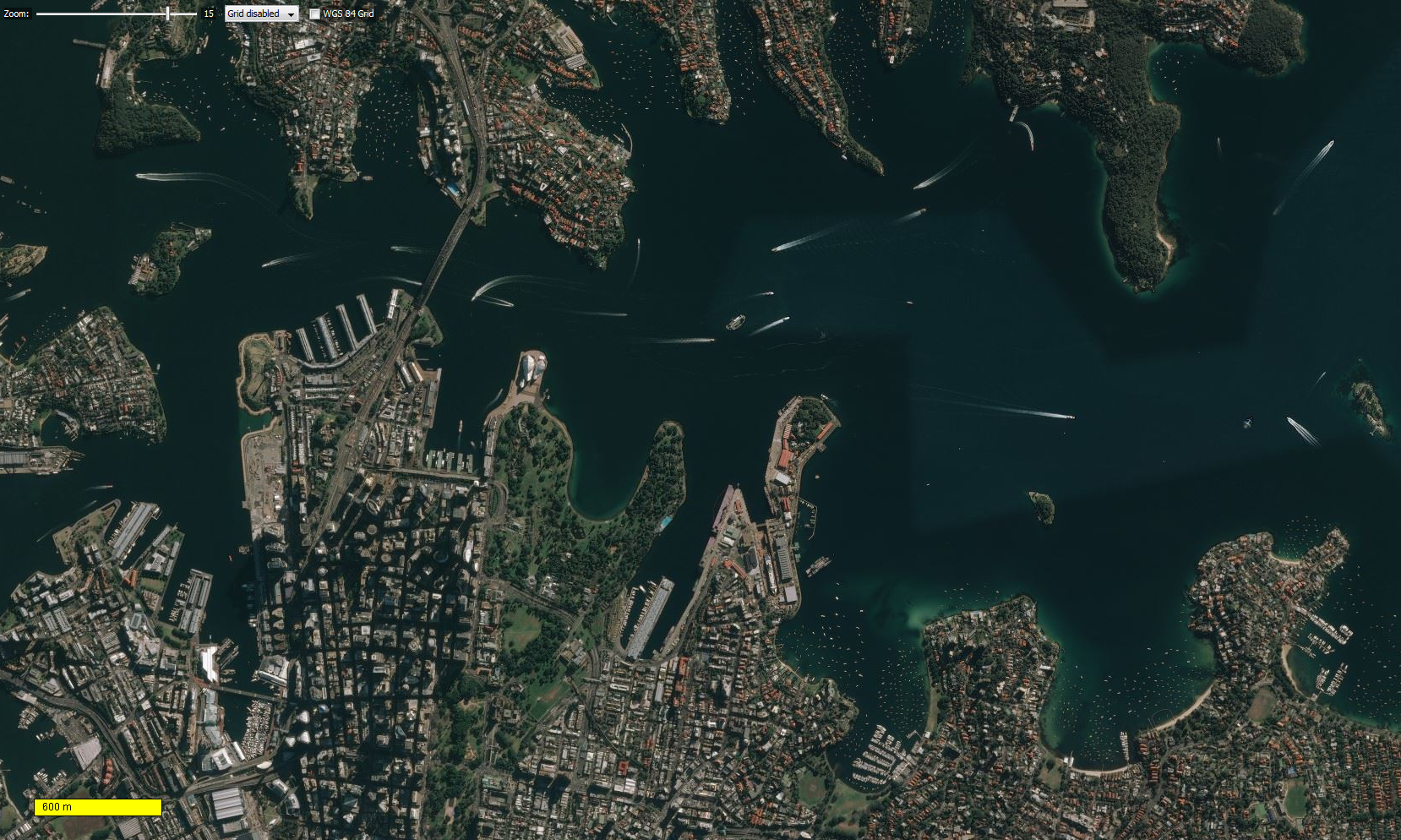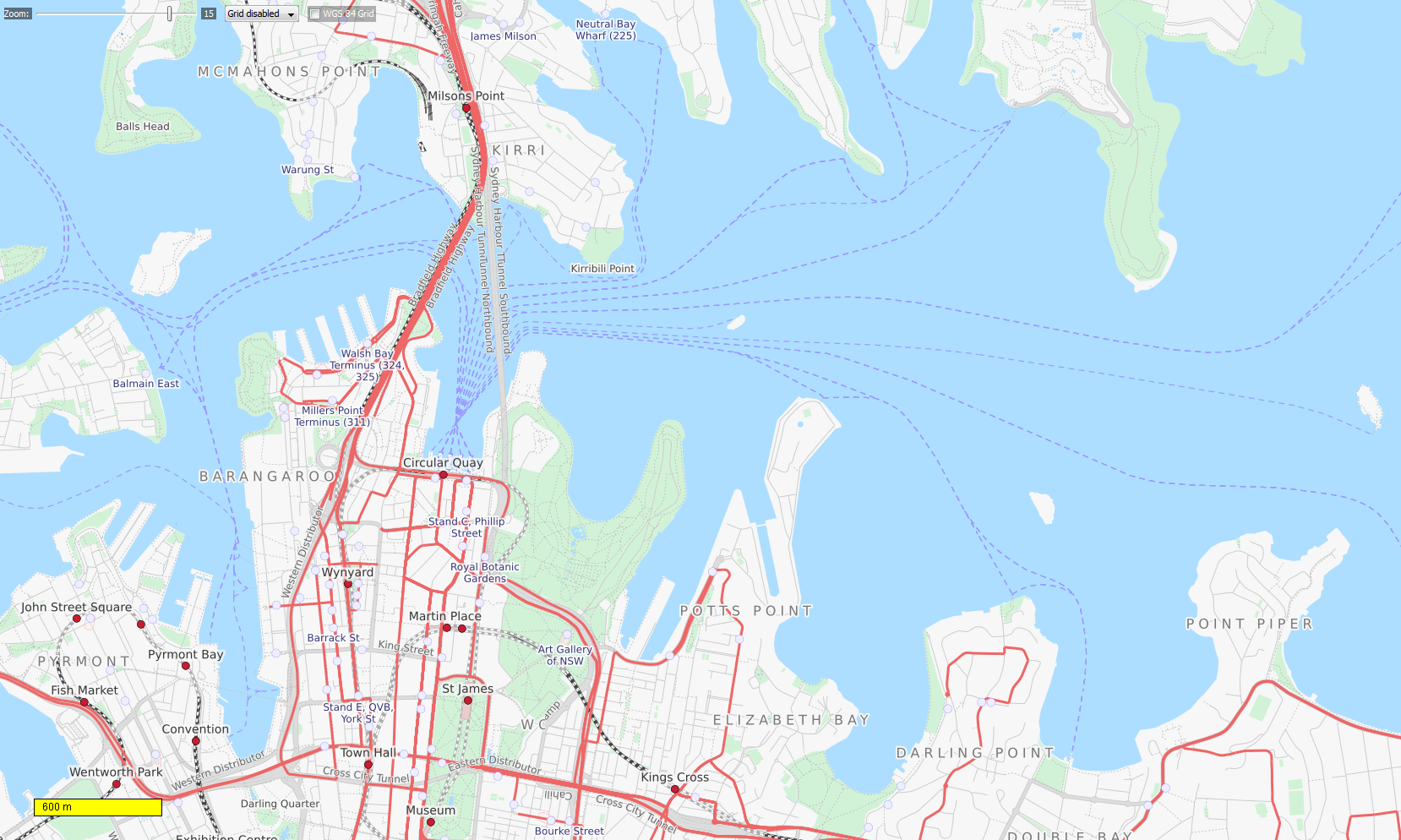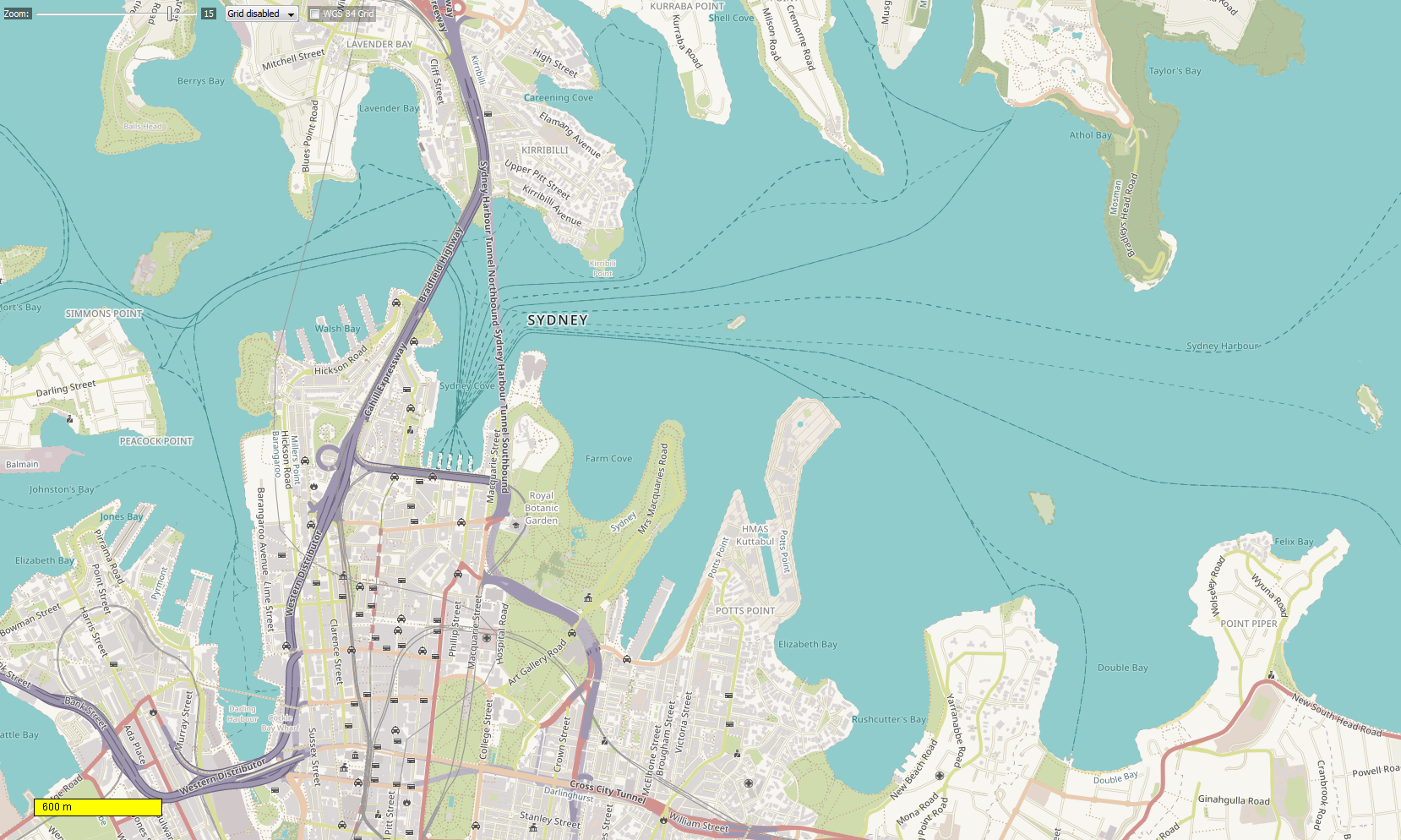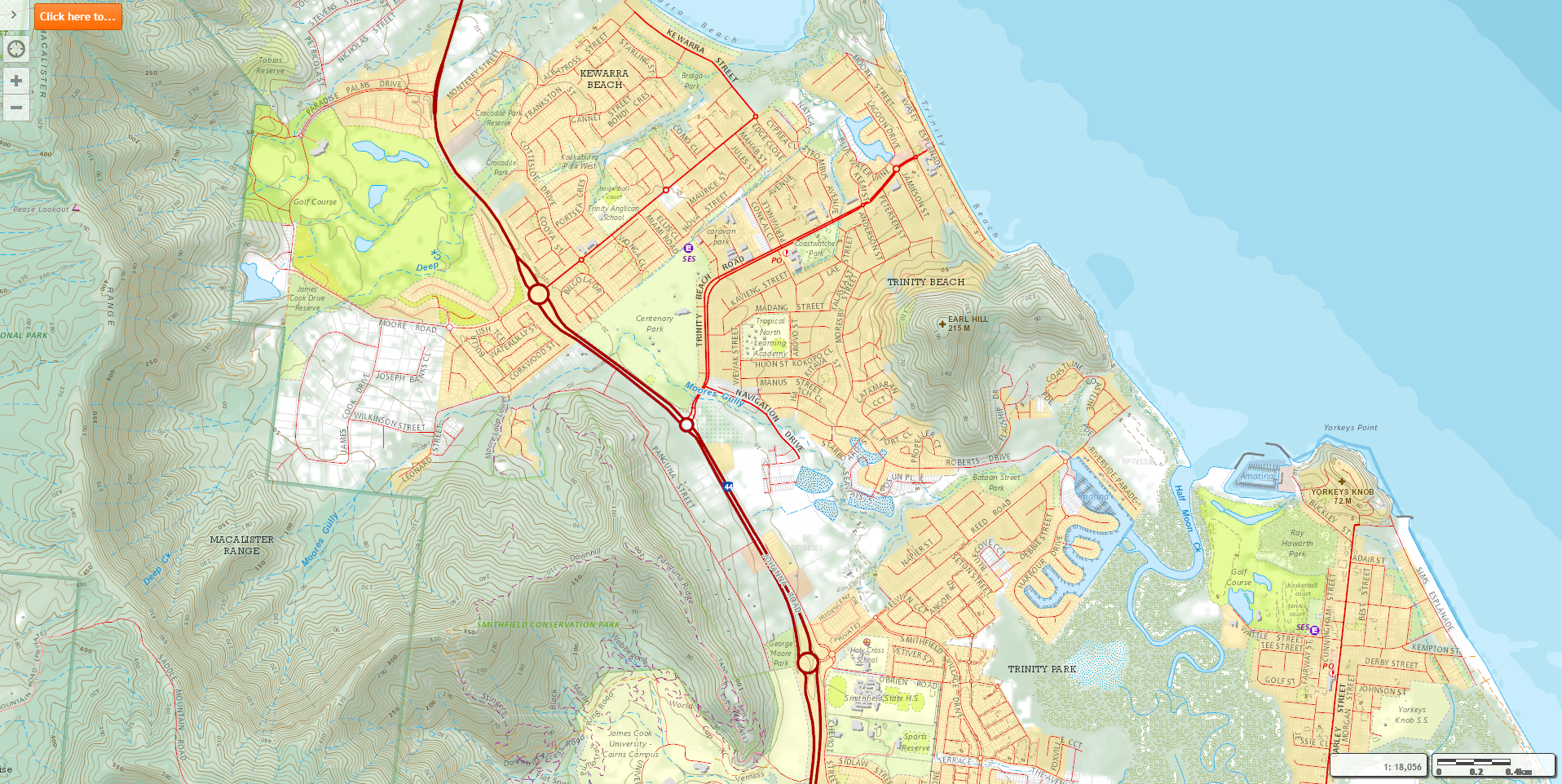This is an excerpt from my PDF ‘The Preparedness Encyclopedia (TPE)’.
Download the PDF Version Here
Without monitoring media and news outlets you won’t know what’s happening in the world. It’s vital to keep up to date with the news and be able to separate the facts from fiction.
● Internet: Social media can spread the message pretty fast about impending disasters without any bias that the media has today. You can set keywords on news websites to notify you when certain events happen near you or when a global event takes off.
● Friends & Family: The more people in your prepping party that are watching for disasters and keeping an eye on the situation can provide multiple failsafe’s if one person doesn’t check the news for a few hours. Everyone can ring each other and keep them all informed about a worsening situation and keep in close contact when the time to come has to bug in or bug out.
● The Media: In 1983 90% of the media was owned by 50 companies. Today in 2018 90% of the media is controlled by just 6 companies. For more information on media corruption see the MEDIA section.
● Government Organizations: You can sometimes opt into getting text updates to natural disasters or other events that happen in cities. These can be very helpful as you get the information straight from the source such as the weather bureau.
● Government Institutes: Governments will attempt to control all sensitive news released with an impact to the public and will threaten heavy fines or jail time for any media outlet that doesn’t comply with these demands. Generally their main aim is to avoid a mass panic and exodus of people which will make it nearly impossible for them and other government agencies such as the police to do their jobs. They typically only look at the big picture and take action to avoid the most causalities from an event by downplaying the news even if that means a small group of people dying,
Monitoring Websites
These are useful websites to help you track and monitor the disasters around the world, whether it’s volcanoes, the stock market, hurricanes, tsunamis, earthquakes and more. To have the best chance to reach your bug-out destination before the rest of the population finds out you should be constantly monitoring most of these websites.
Global Monitoring & News Sites
● Emergency and Disaster Information Service
A worldwide map displaying notable disasters and emergencies around the world.
URL: hisz.rsoe.hu
● AccuWeather Severe Weather
Shows the different types of severe weather such as flooding, avalanches and fires currently occurring around the world.
URL: accuweather.com/en/au/severe-weather
● Prepper News
A prepper news website with topics sorted into different categories to make it easier to find what you need.
URL: prepperwebsite.com/page-2
Weather
● Windy
An invaluable website which displays: Worldwide Weather Radar, Worldwide Satellite Weather View, Worldwide Wind Map, Worldwide Rain and Thunder Map, Worldwide Temperature Map, Worldwide Cloud Cover Map, Worldwide Wave Map, Worldwide Air Quality Map
URL: windy.com
● Nullschool
A website very similar to windy.com with a few less features. It shows information on wind, water and ocean conditions.
URL: earth.nullschool.net
Earthquakes
● Earthquake 3D
A 3D live feed of the earthquakes occurring around the planet. You can also buy and download a much higher quality version with more features from their website.
URL: www.earthquake3d.com
● Earthquakes USGS
A 2D live world map showing the current earthquakes. USA website.
URL: earthquake.usgs.gov/earthquakes/map
● USGS Significant Earthquakes
A list of the most recent significant earthquakes.
URL: earthquake.usgs.gov/earthquakes/browse/significant.php
● EMSC Latest Earthquakes Worldwide
A list of the latest earthquakes worldwide.
URL: www.emsc-csem.org/Earthquake/world/
● EMSC Significant Earthquakes
A list of the latest significant earthquakes.
URL: www.emsc-csem.org/Earthquake/significant_earthquakes.php
● Earthquakes@GA
A 2D live world map showing the current earthquakes. Australian website.
URL: earthquakes.ga.gov.au
Active Volcanos
● Volcanic Ash Advisory Centre
Daily updated map of currently erupting and restless volcanoes.
URL: volcanodiscovery.com/daily-map-of-active-volcanoes
● Volcano Discovery
Shows the active volcanoes around the world with last eruption dates.
URL: volcanodiscovery.com/volcano-map
Buoys & Tsunamis
● National Data Buoy Centre
Shows the buoys around the oceans on an interactive map. They flash when they go into “Event Mode” when a change in the median wave height is detected. It is useful to track tsunamis, storm surges and other water based events.
URL: ndbc.noaa.gov
Hurricanes & Cyclones
● National Hurricane Centre
Shows any current hurricanes around the United States only.
URL: nhc.noaa.gov
● AccuWeather Hurricanes
Shows any current hurricanes & cyclones around the world.
URL: accuweather.com/en/hurricane
Pandemic & Viral Outbreaks
● Healthmap
Real-time surveillance map of emerging public health threats and disease outbreaks.
URL: healthmap.org/en
● Outbreaks Map
Displays outbreaks, cases and deaths from viral and bacterial diseases which have the potential to indicate biological terrorism.
URL: outbreaks.globalincidentmap.com
● COVID-19 Hub
This is a COVID-19 hub with a lot of links to various virus tracking websites.
URL: coronavirus-resources.esri.com/
● GIS COVID-19 Tracker
Johns Hopkins University (JHU) COVID-19 live viewer.
URL: gisanddata.maps.arcgis.com/apps/opsdashboard/index.html#/bda7594740fd40299423467b48e9ecf6
Economy
● World Stock Markets
An overview of all the stock markets of the world.
URL: markets.businessinsider.com/indices/world-stock-markets
● Dow Jones Index
The Dow Jones index.
URL: marketwatch.com/investing/index/djia
● S&P 500 Index
The S&P 500 index.
URL: www.marketwatch.com/investing/index/spx
● ASX 200
The ASX 200 index.
URL: www.asx.com.au/products/index-charts.htm
● NASDAQ Index
The NASDAQ index.
URL: www.marketwatch.com/investing/index/comp
● U.S. Debt Clock
The total U.S. debt.
URL: https://www.usdebtclock.org/
Commodities
● Gold Price
The gold spot price.
URL: goldprice.org/
URL: www.kitco.com/charts/livegold.html
URL: www.kitco.com/charts/techcharts_gold.html
● Silver Price
The silver spot price.
URL: silverprice.org/
URL: www.kitco.com/charts/livesilver.html
URL: www.kitco.com/charts/techcharts_silver.html
● Platinum Price
The platinum spot price.
URL: www.kitco.com/charts/liveplatinum.html
URL: www.kitco.com/charts/techcharts_platinum.html
● Palladium Price
The palladium spot price.
URL: www.kitco.com/charts/livepalladium.html
URL: www.kitco.com/charts/techcharts_palladium.html
● Oil Price
The Oil (WTI) Price.
URL: markets.businessinsider.com/commodities/oil-price?type=wti
External Threats
● Sunspots / Solar Flares
Tracking of the sun for solar minimums, maximums, coronal holes, coronal mass ejections, sunspots and solar flares.
URL: www.spaceweatherlive.com/en/solar-activity
● Earth Impact Monitoring
Tracking of any space objects or debris which could impact earth.
URL: cneos.jpl.nasa.gov/sentry/
● NEO Earth Close Approaches
Tracking of any space objects or debris which could impact earth.
URL: cneos.jpl.nasa.gov/ca/
● UFO Sightings (America)
A map of all UFO sightings in America.
URL: metrocosm.com/ufo-sightings-map.html
● UFO Sighting Map
A map of all UFO sightings over the world.
URL: www.arcgis.com/apps/webappviewer/index.html?id=ddda71d5211f47e782b12f3f8d06246e






